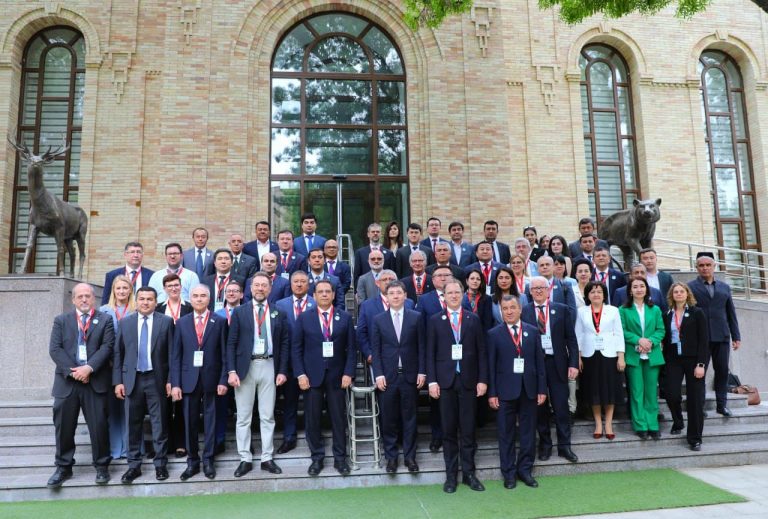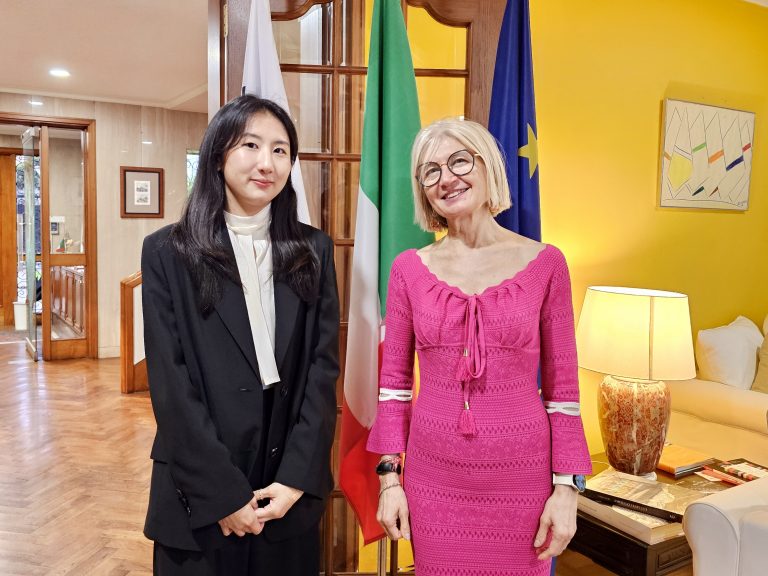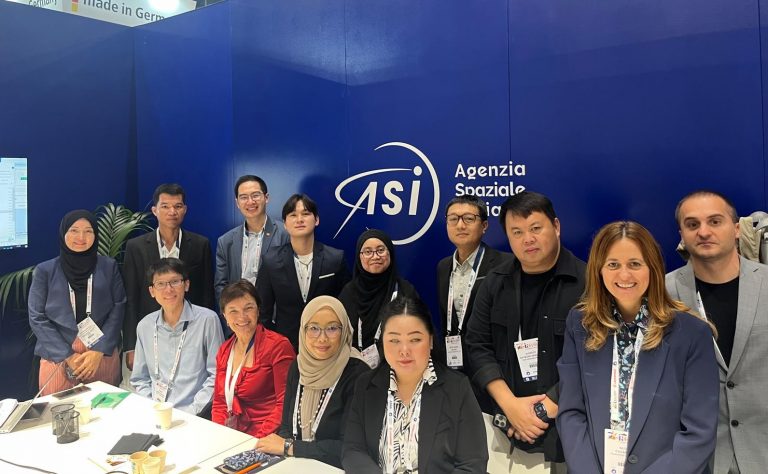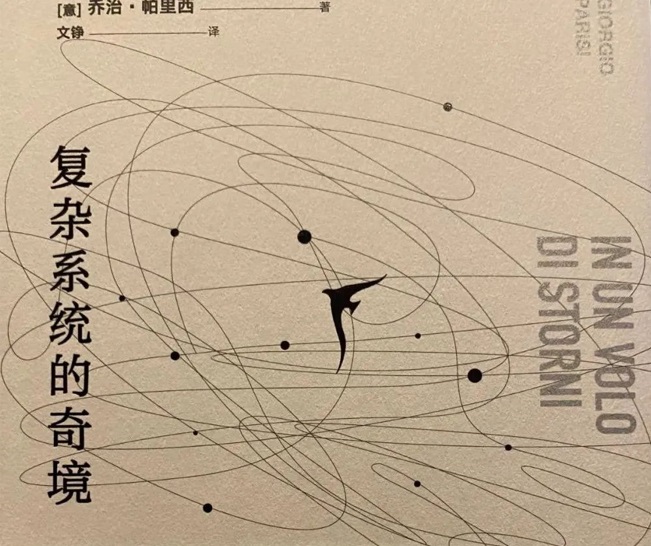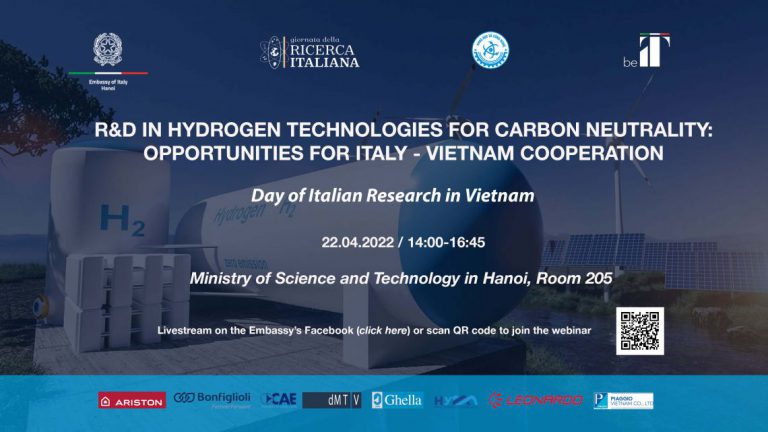A new type of ‘strange matter’, which could provide new information on the origin of the mass of the universe following the Big Bang, was discovered by the scientists of an international team in Japan, partially financed by the Ministry of Foreign Affairs and International Cooperation. The E15 experiment conducted at the Japan Proton Accelerator Research Complex in Tokai, Japan, focused on K meson (or kaon) subatomic particles, which have recently become an important research subject that could offer insight into mysteries such as the origin of mass and the quantum phenomenon of “colour confinement”. Italy’s contribution was made to the Executive Protocol on Scientific and Technological Cooperation between Italy and Japan. The international team succeeded for the first time to prove experimentally that, by eliminating the neutron following the interaction between a kaon and the nucleus of a Helium-3 atom, it is possible to generate an exotic strange nucleus containing two protons and a K meson in a bound state. According to Japanese researcher and team leader Masahiko Iwasaki, “this opens a completely new way of looking at and understanding nuclei, because it is now proven that K mesons can exist as real and not only virtual particles: like sugar that doesn’t dissolve in water”. The research was published on the prestigious periodical: Physics Letters B, Volume 789, 10 February 2019, Pages 620-625, (https://www.sciencedirect.com/science/article/pii/S0370269318310013). “Understanding these exotic nuclei will give us insight into the origin of mass and new ideas in order to interpret – for example – neutron stars,” explained Catalina Curceanu, a researcher at the National Institute for Nuclear Physics (LNF) in Frascati. “In the meantime, at the DAFNE accelerator of LNF-INFN, the SIDDHARTA-2 experiment is about to kick off, which aims to better understanding strong nuclear reaction in systems with strangeness.”

